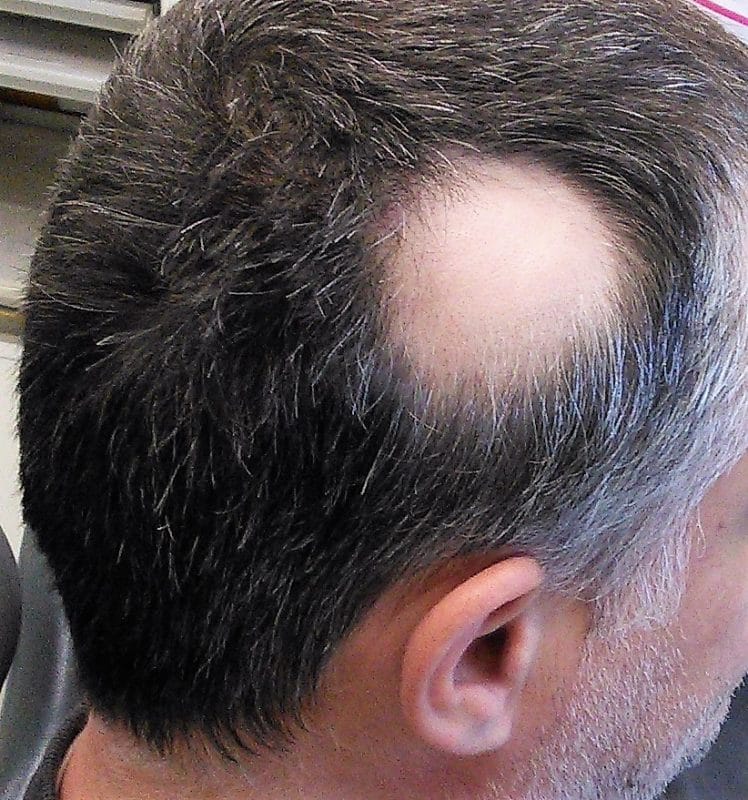The most severe type of alopecia universalis. According to general guidelines, this ailment typically begins as alopecia areata (patchy hair loss on the head), which in rare instances can develop to alopecia totalis, which manifests as the complete loss of all head hair, including eyebrows and eyelashes. Rarer still, this condition has the potential to develop to affect every hair on the body, at which time it is known as alopecia universalis.
This type of alopecia is very difficult to treat. While corticosteroid injections can occasionally be used to treat areata, the affected region with universalis is simply too large for this to be a practical treatment. The severity of this ailment also makes it unlikely that hair will regrow, and even if it does, the likelihood of the symptoms reappearing later is substantially higher. Unfortunately, the majority of sufferers must learn to live with this because, despite some treatments having some chance of working, there is no cure for this condition.
WHAT BENEFITS CAN SCALP MICROPIGMENTATION BRING?
Although SMP is not a treatment for alopecia, it can be a very good disguise. Scalp micropigmentation is becoming more and more popular, especially among individuals who are likely to experience long-term effects, as a technique to relieve the symptoms and lessen unwanted looks and comments that can have a terrible effect on confidence and self-esteem.
It is presently not possible to use this option to restore the appearance of eyebrows and eyelashes, but it does offer a very strong, long-lasting illusion of having a full head of hair and can even be used to mimic beard hair.

